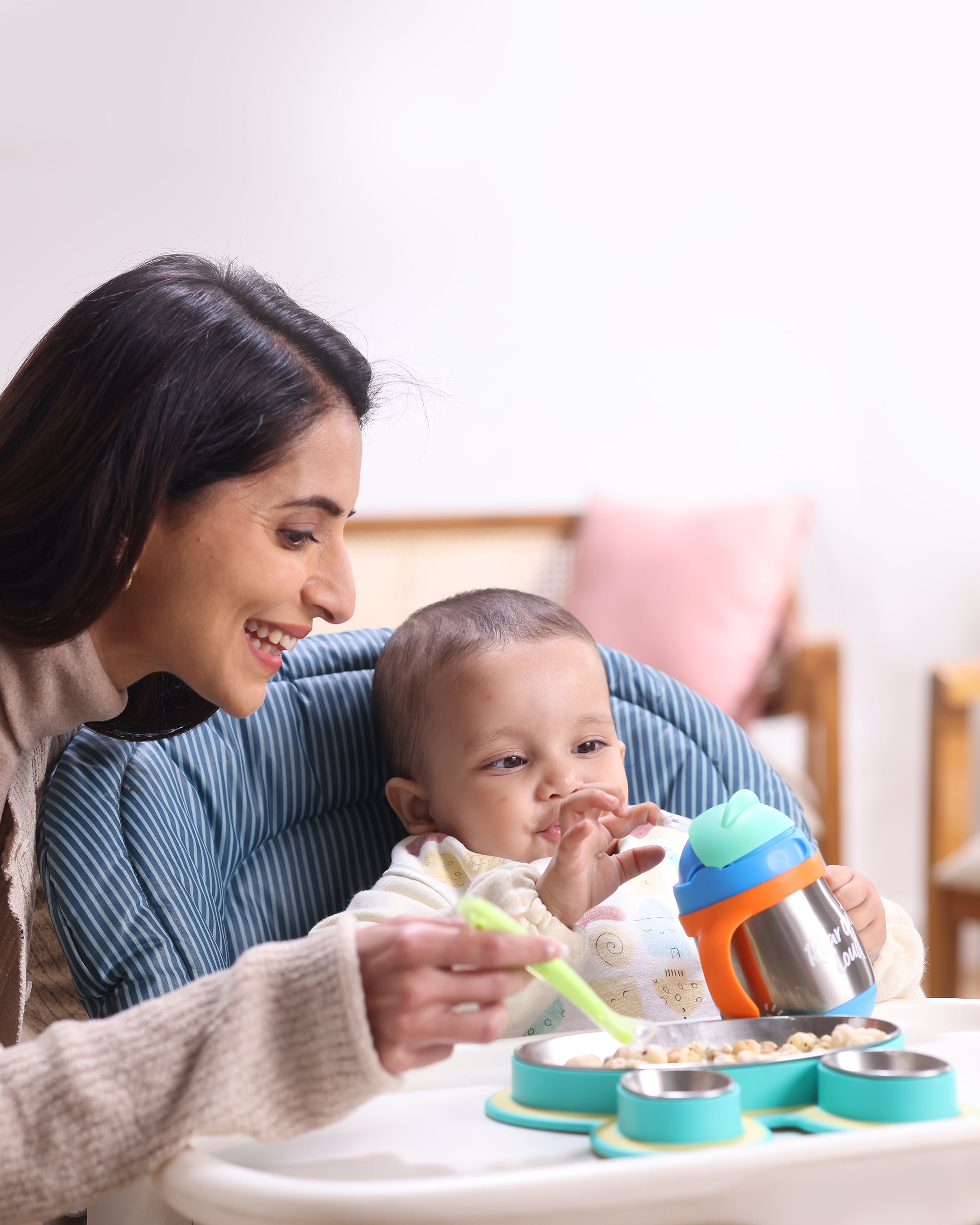The lunch box debate has evolved significantly as parents seek the perfect solution for packed lunches. With the rising popularity of bento-style containers versus traditional options, let's explore which lunch box designed for kids might better serve your child's needs during the school year.
Understanding Bento Boxes
A bento lunch box is a compartmentalized container that originated in Japan, revolutionizing how we approach kids' lunch comparison. Modern bento lunches feature thoughtfully designed spaces that keep food hot or cold as needed, making them increasingly popular for school lunch preparation.
Key Features of Bento Boxes
The insulated bento box options like Bentgo Kids and similar models offer:
- Built-in portioning guides for balanced nutrition
- Leak-proof compartments for wet and dry foods
- Kid-friendly latches for easy access at lunchtime
- Durable materials that withstand daily use
- Dishwasher-safe options for convenient cleaning
Temperature Management
Modern boxes are designed with superior insulation, keeping cold foods chilled and maintaining hot food temperatures for several hours. Many insulated bento box models include special thermal containers for temperature-sensitive items.
Traditional Lunch Box Overview
Traditional lunch boxes focus on versatility and space, offering solutions for both hot and cold meals. These boxes typically provide a single large compartment with optional removable containers, perfect for various packed lunches throughout the school year.
Traditional Lunch Box Characteristics
These lunch boxes excel in:
- Premium insulation for temperature control
- Flexible space configuration for diverse meals
- Integrated drink container storage
- Multiple size options for different age groups
- Popular character designs that kids love
Advanced Comparison Features
Temperature Control and Food Safety
Traditional lunch boxes generally maintain food temperature longer, crucial for food safety during the school day. Many schools offer free lunch programs, but for those bringing packed lunches, proper temperature control is essential.
Material Innovation
Modern lunch boxes are designed with advanced materials that are:
- BPA-free and food-safe
- Impact-resistant
- Stain-resistant
- Odor-resistant
- Easy to clean
Meal Planning and Organization
Bento Lunch Organization
Bento lunches encourage creative meal planning with:
- Designated spaces for each food group
- Visual portion control
- Attractive food presentation
- Separate compartments for dietary restrictions
- Easy access during lunch time
Traditional Box Organization
Traditional boxes offer:
- Flexible space for various container sizes
- Room for ice packs
- Adjustable dividers
- Space for utensils and napkins
- Additional snack storage
Age-Specific Recommendations
Preschool (Ages 3-5)
Smaller bento boxes are designed specifically for tiny hands and appetites, featuring:
- Easy-open latches
- Lightweight construction
- Appropriately sized portions
- Spill-proof designs
- Compact size for small backpacks
Elementary (Ages 6-11)
Larger capacity boxes offer:
- More space for growing appetites
- Additional compartments for snacks
- Sturdy construction for active kids
- Better insulation for longer days
- Space for drink containers
Middle School and Beyond
Advanced features include:
- Maximum capacity for teenage appetites
- Sophisticated designs
- Enhanced durability
- Superior temperature control
- Multiple container options
Environmental and Economic Impact
Sustainability Benefits
Both styles offer environmental advantages:
- Reduced single-use plastic waste
- Durable construction for multiple school year use
- Minimal food waste through portion control
- Reusable containers
- Eco-friendly materials
Cost Analysis Over Time
While initial investment varies:
- Quality bento boxes typically last 2-3 school years
- Traditional boxes often need yearly replacement
- Both reduce ongoing packaging costs
- Bento boxes minimize food waste
- Both options save money compared to buying school lunch daily
Practical Tips for Parents
Cleaning and Maintenance
For optimal hygiene:
- Clean thoroughly after each use
- Check seals regularly
- Replace damaged parts promptly
- Deep clean weekly
- Air dry completely before storing
Packing Strategies
Efficient packing tips:
- Prepare components the night before
- Use proper portions for age groups
- Include variety in textures and colors
- Consider lunch time limitations
- Pack according to activity level
Making Your Choice
Consider these additional factors:
- Your child's eating preferences
- School storage conditions
- Daily schedule demands
- Cleaning routine preferences
- Long-term cost implications
Rabitat's innovative lunch boxes combine the best of both worlds - the organization of bento-style compartments with the durability of traditional lunch boxes. The Rabitat Lunch Box Collection features thoughtfully designed containers made from premium food-grade materials, perfect for school lunches and outdoor activities.
Their signature Smash Lunch Box comes with leak-proof technology and smart compartments that keep foods separate and fresh. For younger children, the Rabitat Kids Lunch Box offers easy-to-open latches and right-sized portions, while the Rabitat Insulated Lunch Box maintains optimal food temperature for hours.
Each product in their range reflects Rabitat's commitment to combining functionality with child-friendly designs, making lunchtime both fun and practical for kids of all ages.
FAQ
Q: Are bento boxes worth it for kids?
A: Yes, they offer portion control, reduce waste, and help organize varied lunches. Most quality bento boxes last 2-3 years, making them cost-effective.
Q: How much food fits in a typical kids' bento box?
A: Standard kids' bento boxes hold 3-4 cups of food across 4-5 compartments, suitable for ages 3-7.
Q: What's the ideal lunch box size for elementary school kids?
A: Look for boxes with 4-6 cups total capacity, allowing space for a sandwich, sides, and snacks.
Q: How long do bento boxes keep food fresh?
A: With proper insulation and ice packs, bento boxes keep food fresh for 4-6 hours.
Q: What materials are safest for kids' lunch boxes?
A: Food-grade stainless steel and BPA-free plastics are the safest options, with stainless steel being the most durable.














